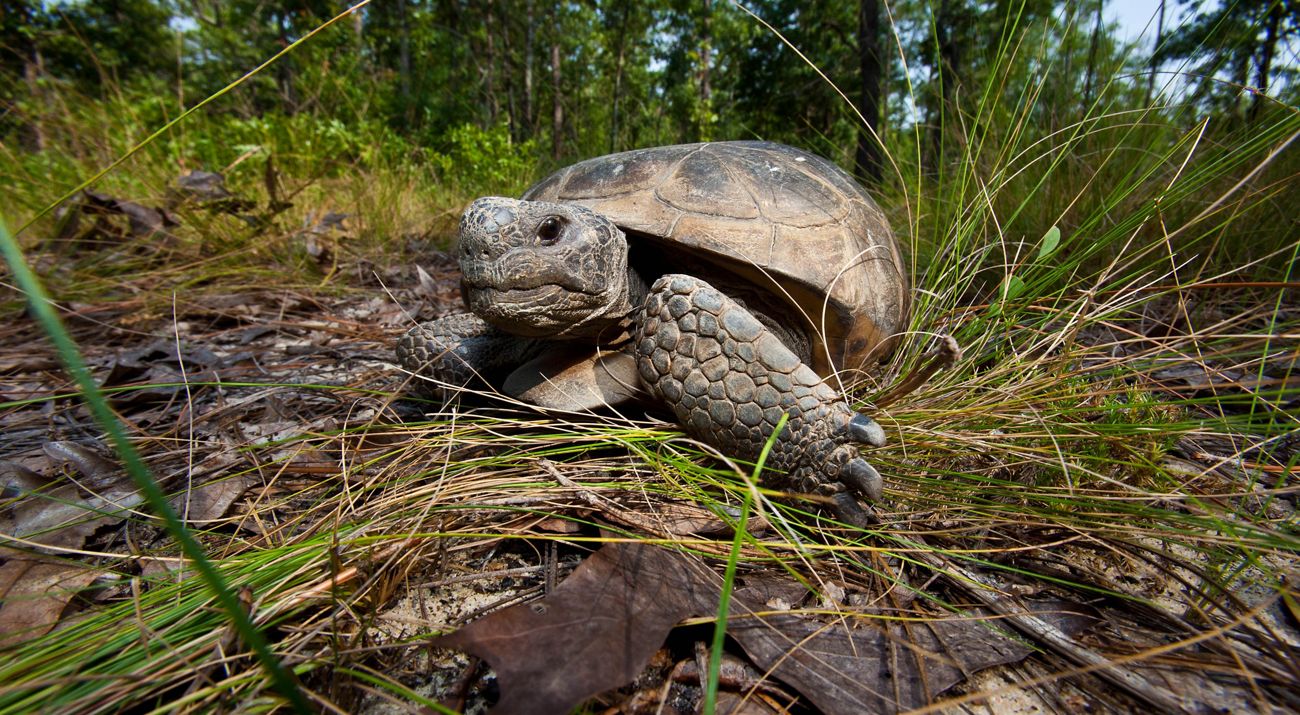Description
Located in Candler County, near Metter in eastern Georgia, Charles Harrold Preserve protects 73 acres of ecologically significant land. The preserve includes two distinct habitats: a sandhill community and a mixture of flatwoods and alluvial swamp. The sandhills are dominated by wiregrass, scrub oaks, and longleaf pines.
A number of rare and beautiful plants grow among the wiregrass clumps, including the silky camellia and the state-threatened Georgia plume, a deciduous shrub that grows as large as a small tree. Around 50 populations of the plant exist, all of them in Georgia. This preserve’s population was the first to be protected. A primitive member of the heath family, the species is thought to be about 70 million years old. Its clustered white flowers blossom in June and July, and its foliage turns bright orange-red in the autumn. The plant is unusual in that the majority of individuals are sterile, though it can reproduce asexually from roots.
Many animals inhabit the site. Seven species of fish live in Stocking Head Creek, which runs along the property line, and 37 species of birds have been observed in the preserve. A variety of amphibians and reptiles are also present, including the state-threatened gopher tortoise. A 2006 census of the site found 42 active and 34 inactive gopher tortoise burrows, indicating that around 47 gopher tortoises inhabit the area, an increase from the estimated population of 39 in 2005.
Conservancy staff and volunteers visit the preserve regularly to monitor plant and animal life. Management activities include selectively thinning plants competing for light with the Georgia plume. Seventy-two acres of the land were donated to the Conservancy in 1964, making it the first preserve donated to the Conservancy in Georgia. It is named for Dr. Charles C. Harrold, who bought the land in the 1930s. His widow deeded the land to Ms. C. Lee and Mr. F.R. Dulany in 1958, who then transferred the site to the Conservancy. An additional acre was purchased from a local church in 1986.
Animals At Risk
Gopher Tortoise
Plants at Risk
Georgia plume
Ecosystems at Risk
Longleaf pine-wiregrass woodland
Small-stream swamp forest
